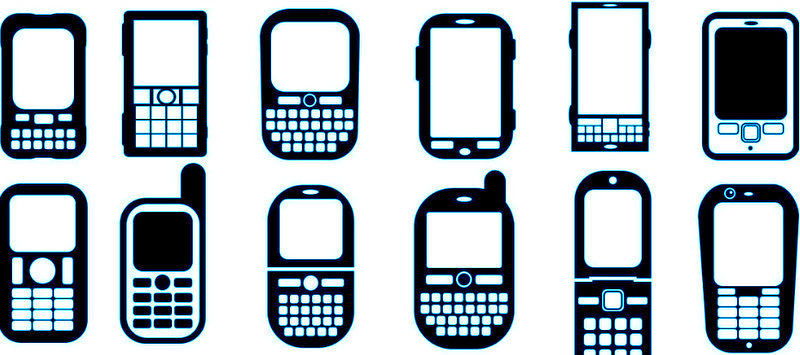
Many thanks to SWLing Post contributor, Steve T, for sharing the following news from Business Insider:
KNL Networks, based in Oulu, Finland, has been in stealth mode during the past four years while developing a revolutionizing system that enables internet connection anywhere in the world – even in the middle of the Pacific Ocean – without using expensive satellite systems.
Today, KNL announced the completion of its series A funding round. The funding amounted to more than $10 million making it one of the biggest Nordic series A rounds. Creandum is the biggest investor.[…]Facebook and Google have been exploring the possibility of bringing internet to remote locations by relaying data through a network of balloons. KNL’s technology, on the other hand, proposes the opposite: incredibly long range signals, by sending internet protocol over the radio.
KNL’s technology is already being used to provide robust internet connections to ships on the Atlantic and Pacific Oceans, but can be used anywhere on the globe for many different applications.
[…]KNL’s technology relies on shortwave radio transmissions, which can transmit data for thousands of kilometers, for a fraction of the cost of a satellite system. Accomplishing this has required the innovation of long-distance high frequency radio systems. In comparison with satellite internet, the radio technology offers the additional advantages of being easier to use, always on.
Read the full article at Business Insider.
This is very exciting news, Steve!
I’ve always had confidence that inherent HF bandwidth and data integrity issues could be addressed with time as our receivers, codecs and digital signal processing improve with each iteration.
As I wrote in, Does Shortwave Radio Have a Future?, I’ve always believed that the shortwave medium could be leveraged for international digital/data communications, and should be. In my article, I focused on Radio Canada International (RCI), which was then dismantling their shortwave transmitter site:
[B]roadcasters should not dismantle their transmission sites as Canada is currently doing. Not only is the current service originating from these sites a more reliable form of emergency communications than the Internet, should a national disaster befall us; not only do they continue to provide a broad-spectrum mode of diplomacy; but should future digital communication modes find a way to take advantage of the HF spectrum as is now under discussion, this would be most unfortunate.
Imagine a wi-fi signal with a footprint as large as several countries, digital devices with tiny fractal antennas that receive this signal containing rich media (e.g., audio and video)––these are not science fiction, but highly plausible uses of these transmission sites, even within the next decade…
We’ll be watching developments at KNL Networks and reporting updates here on the Post. Follow the tag: Shortwave Internet

